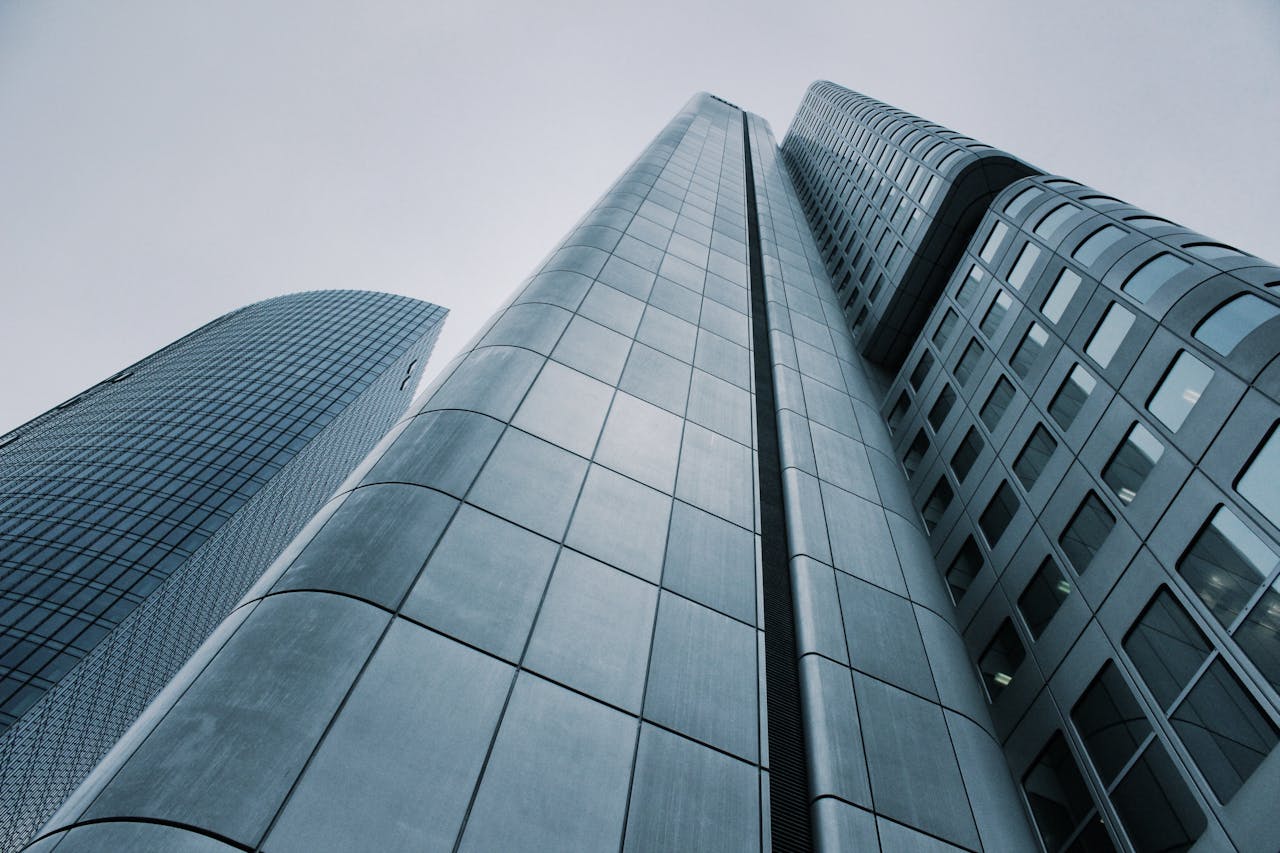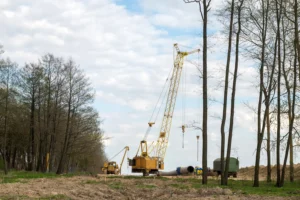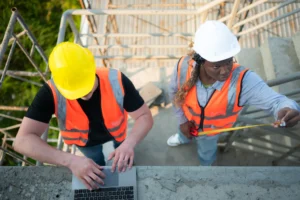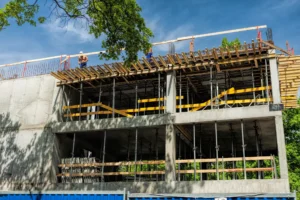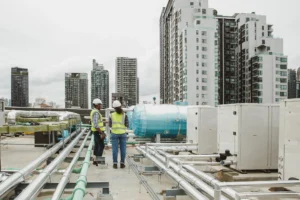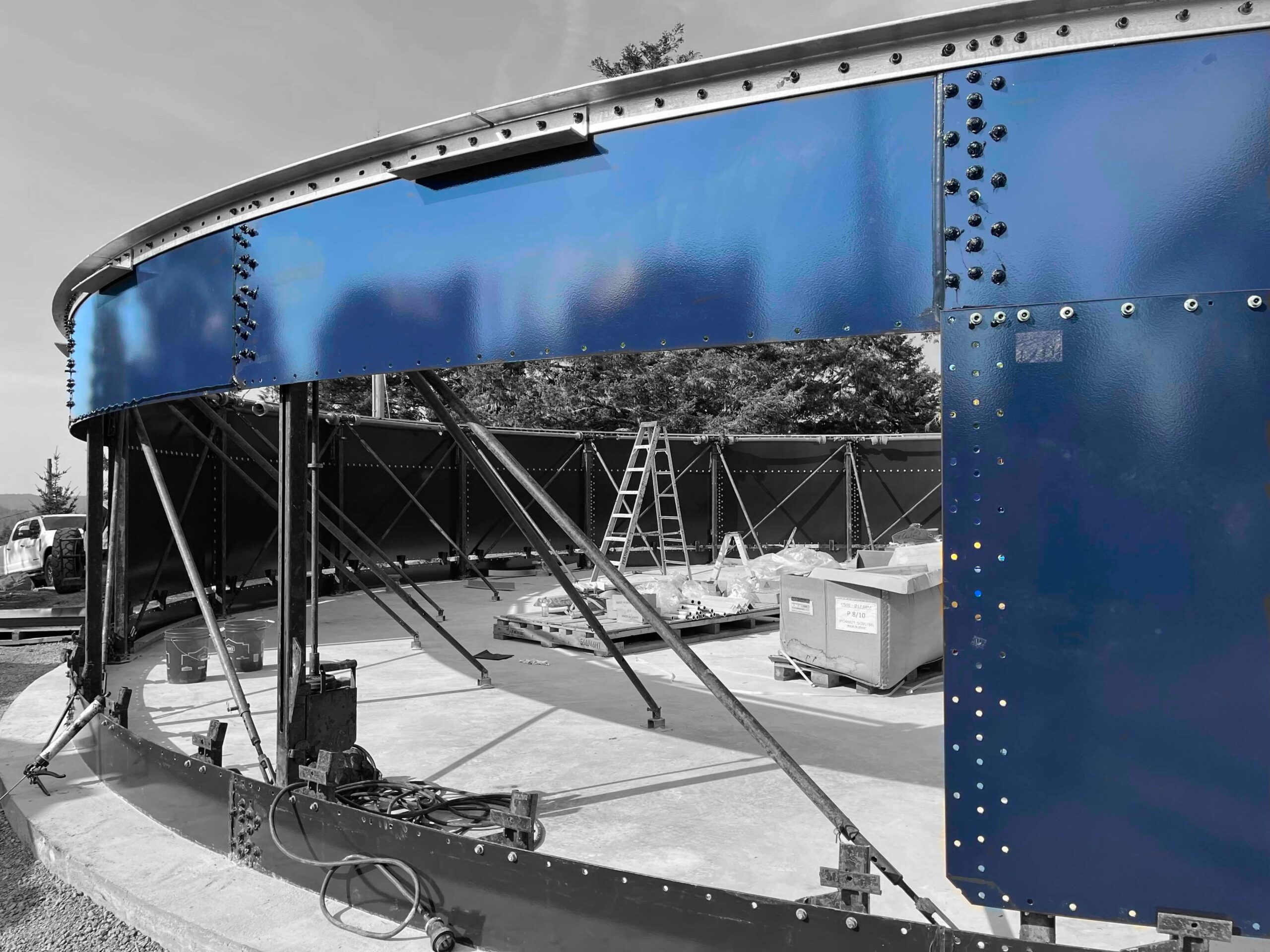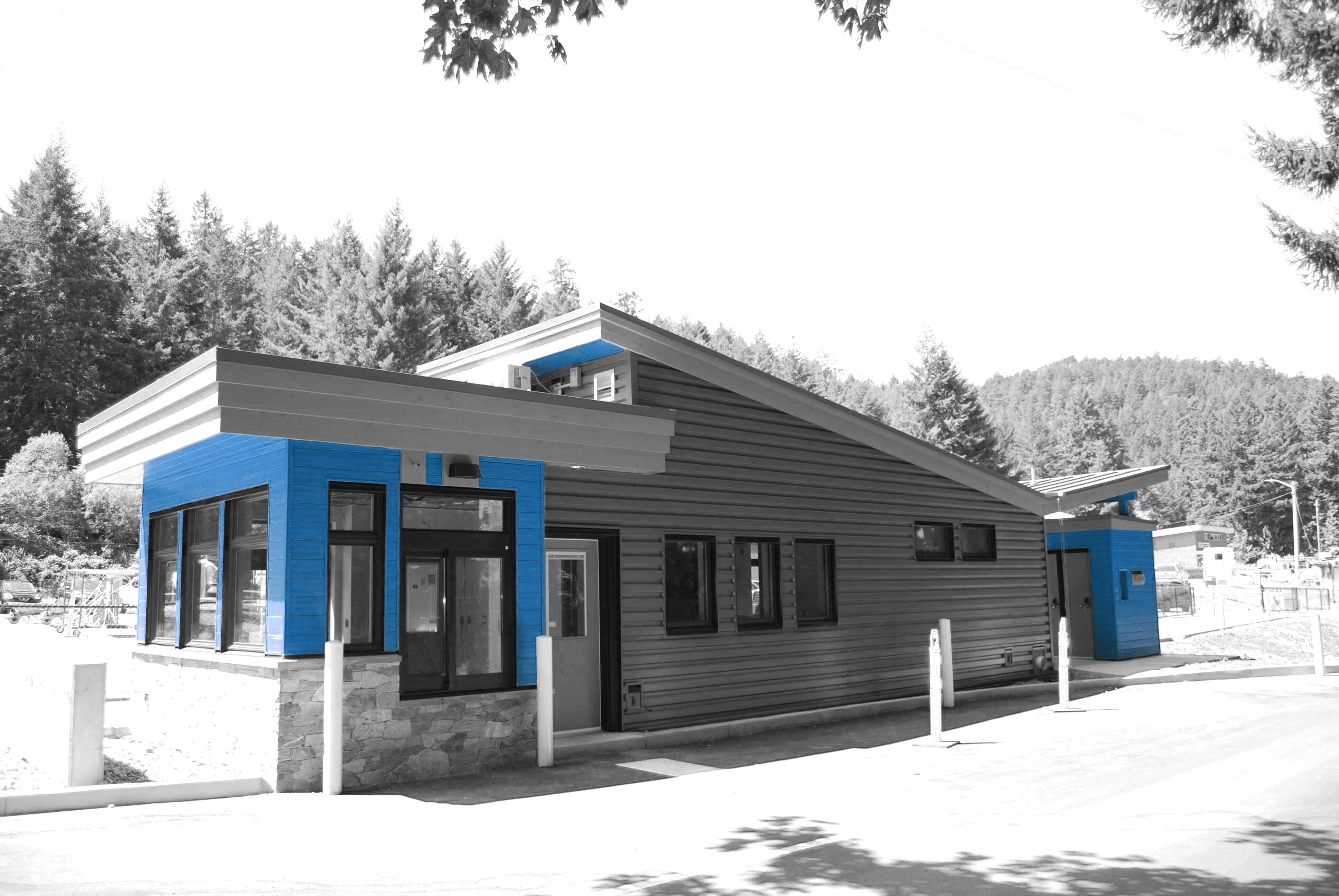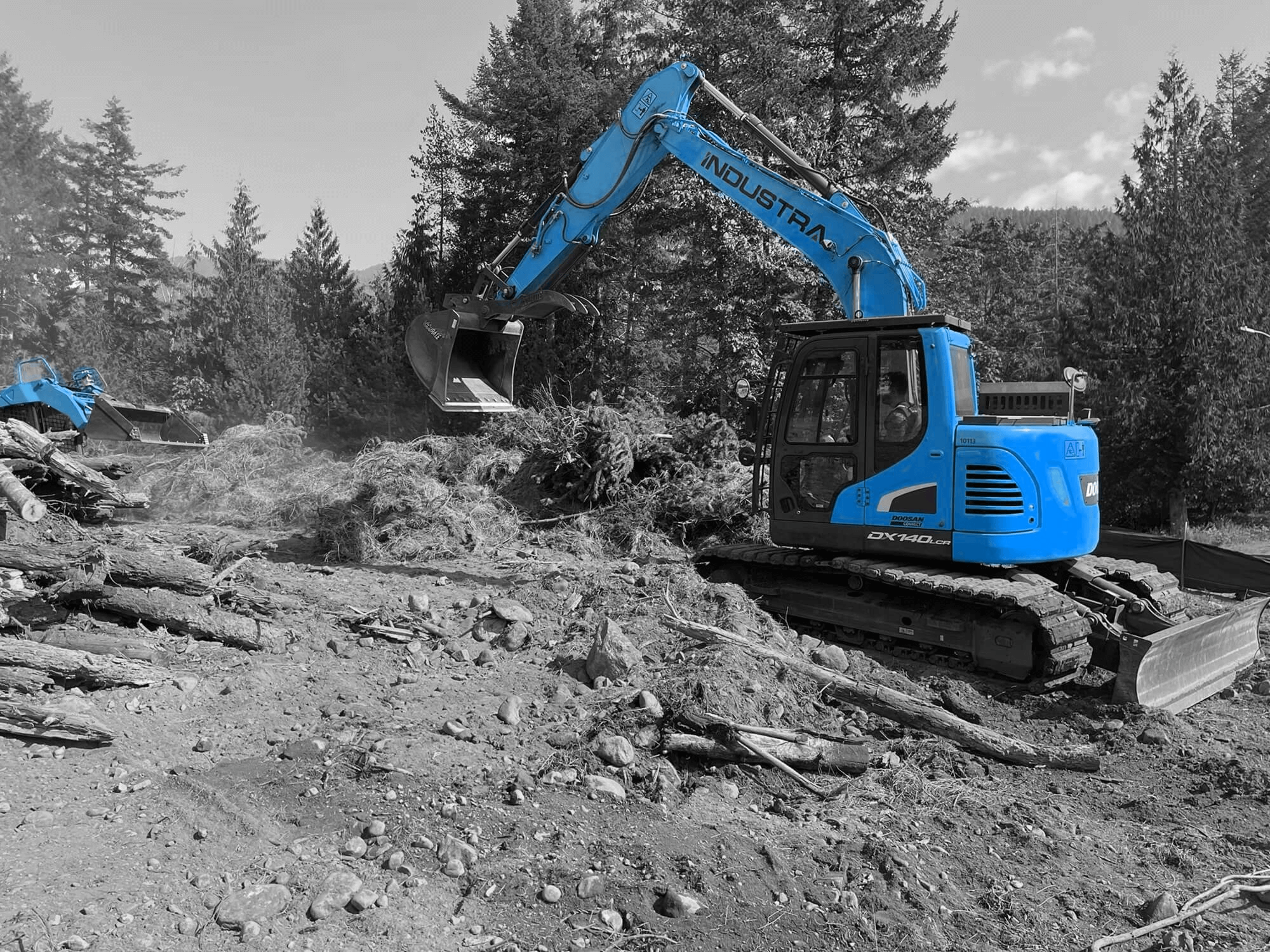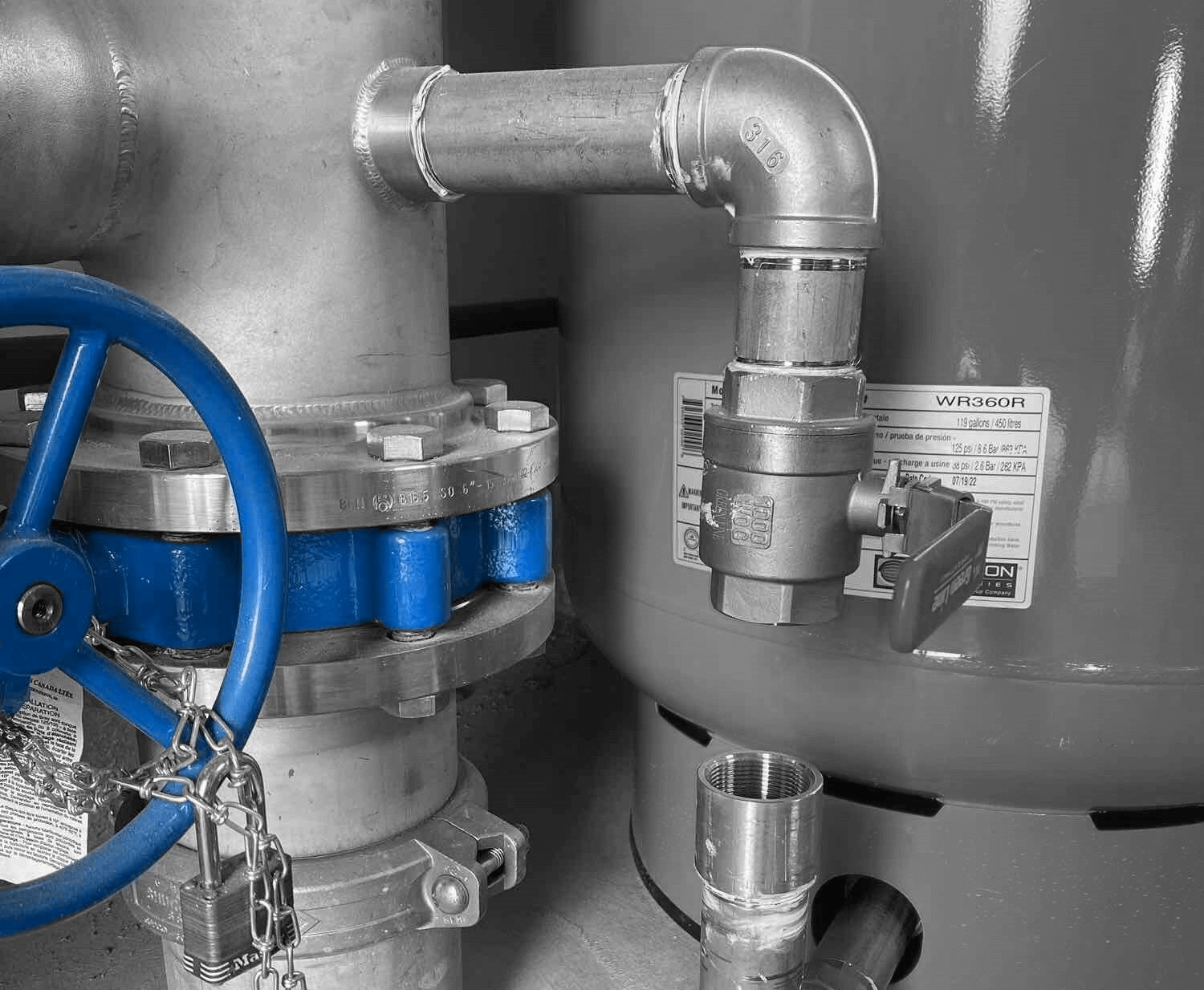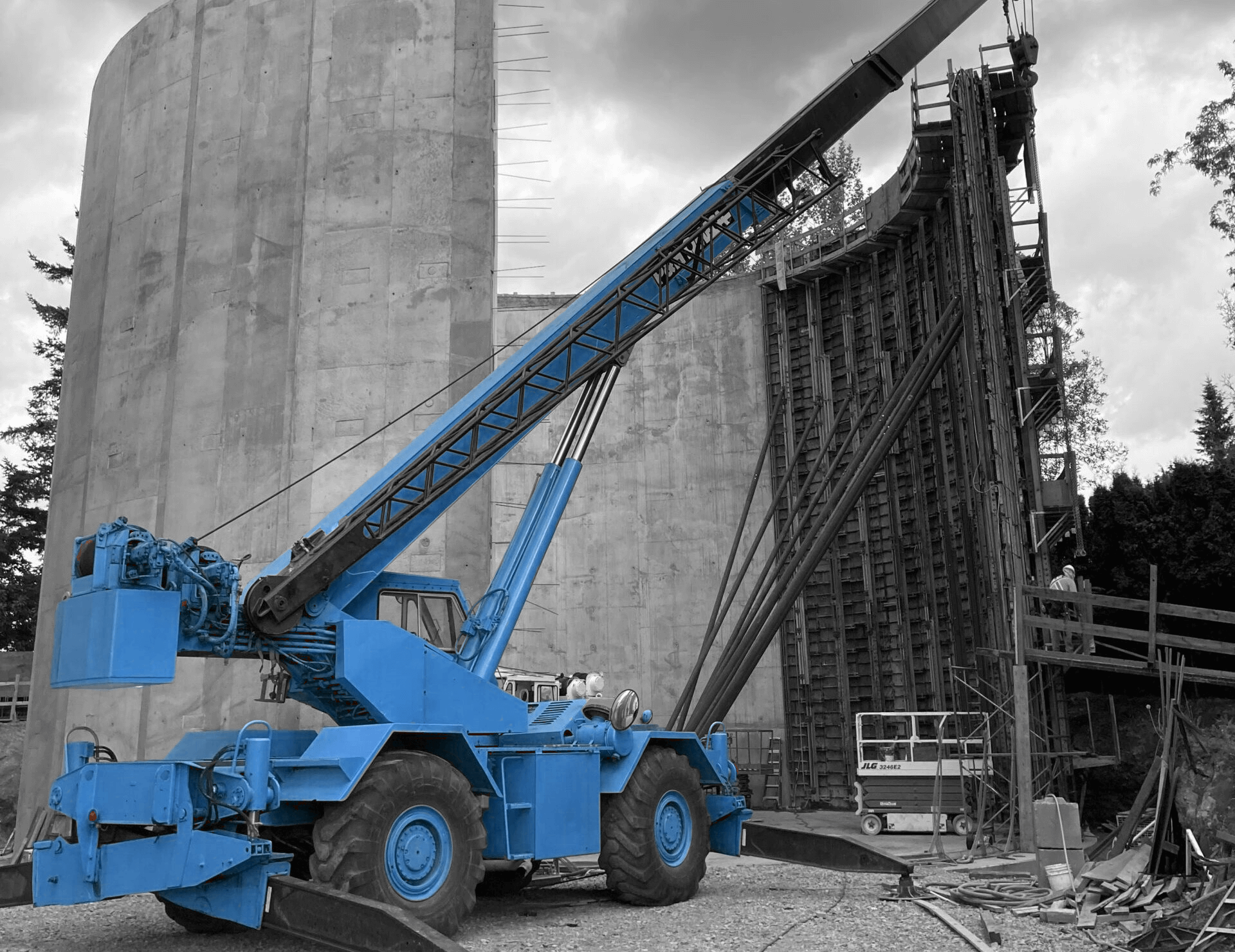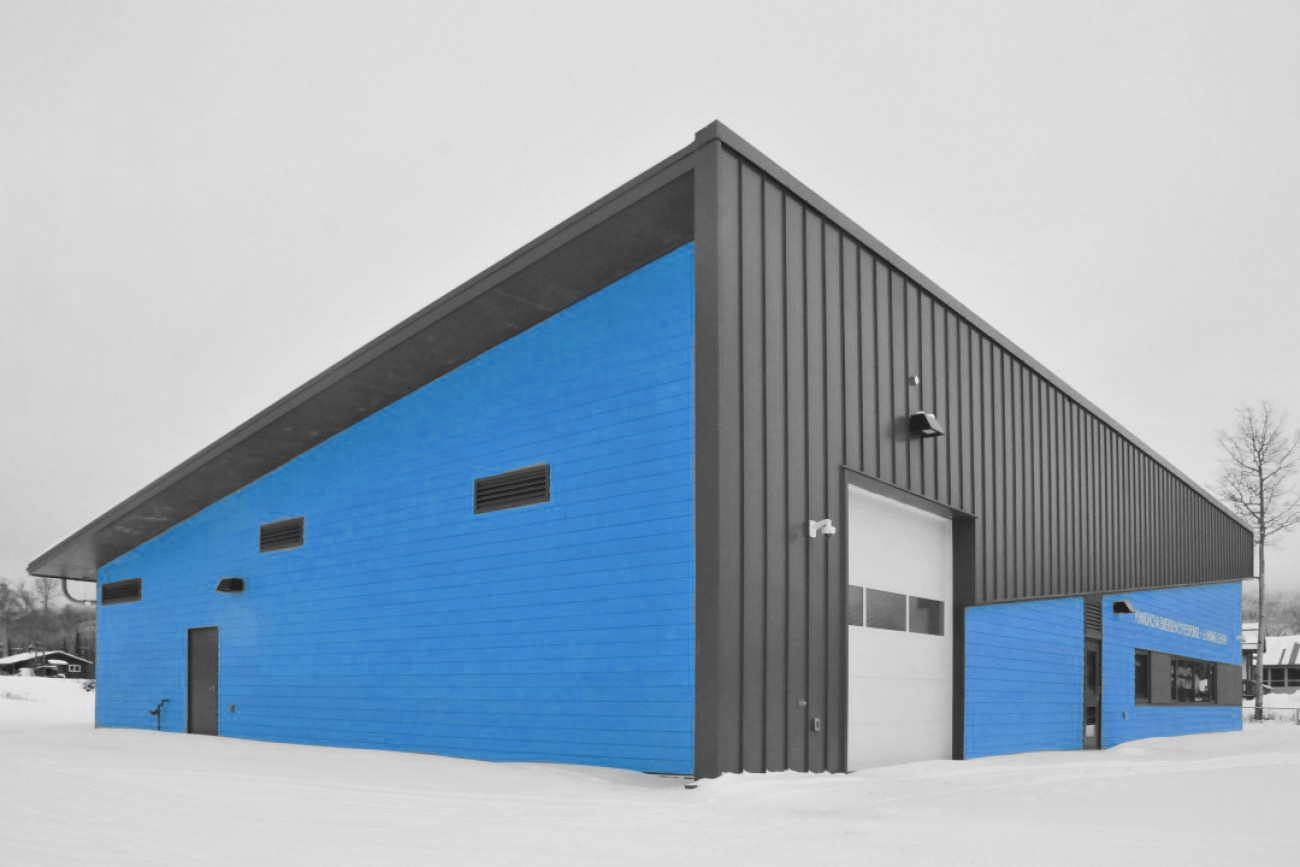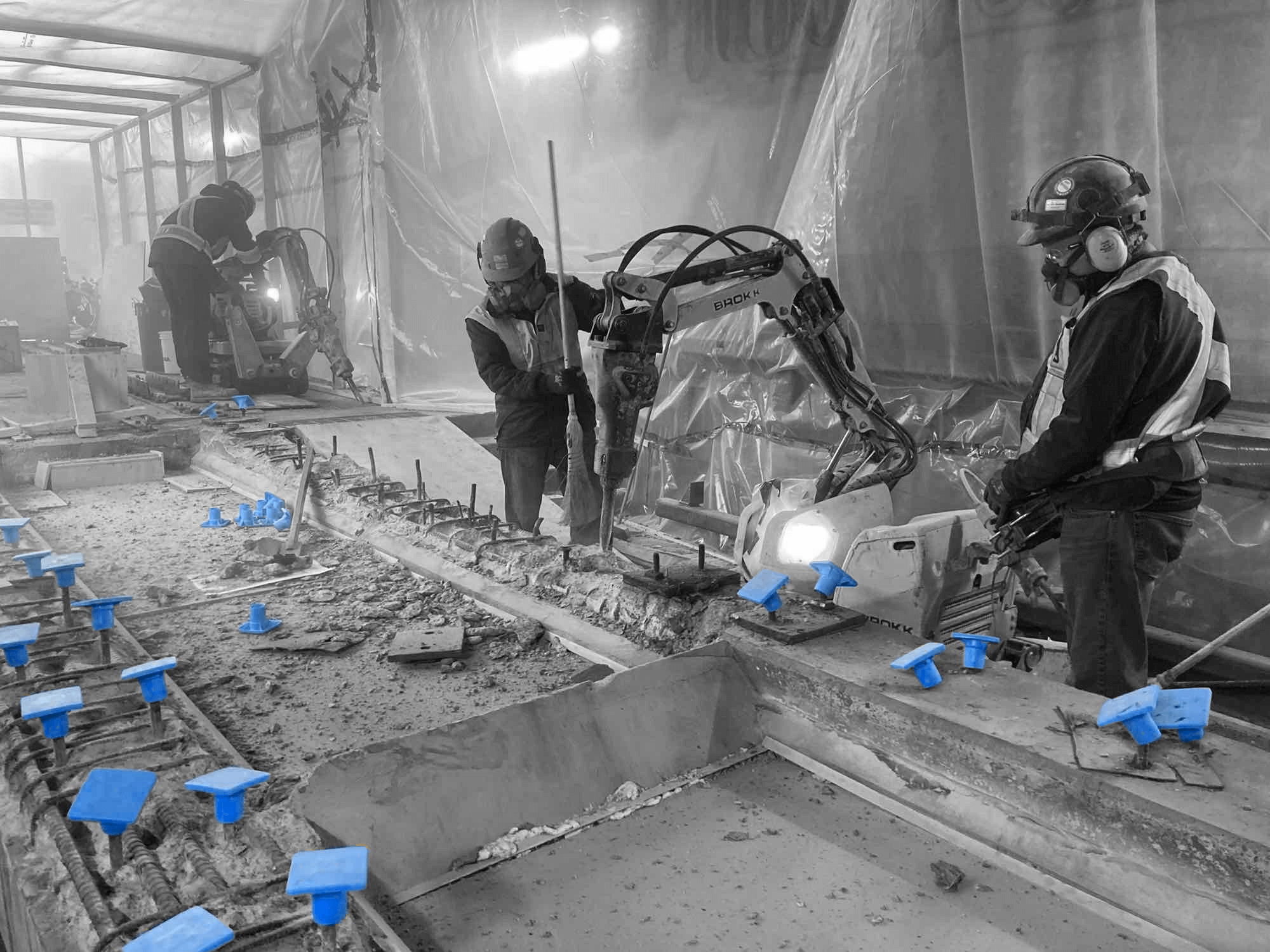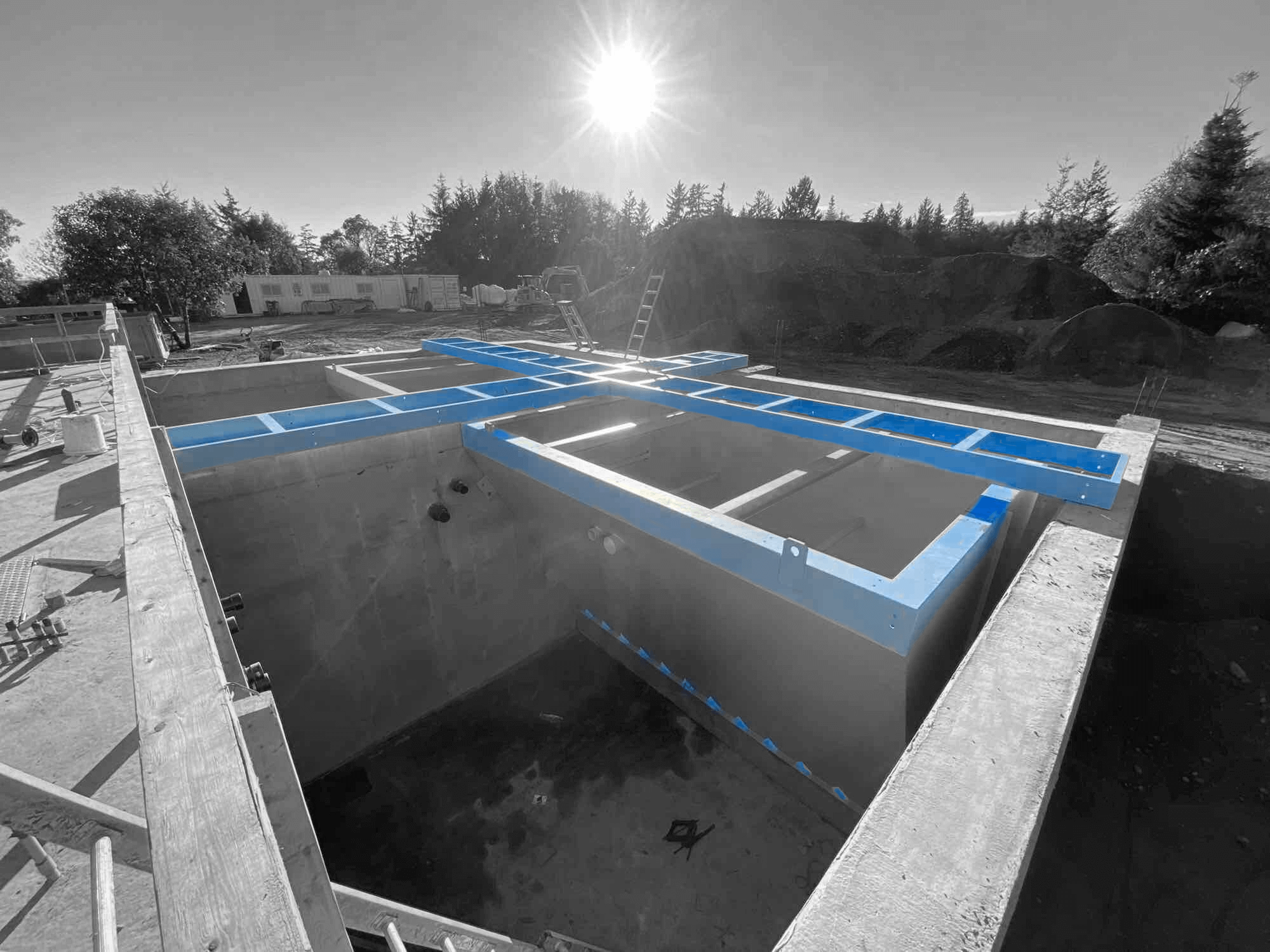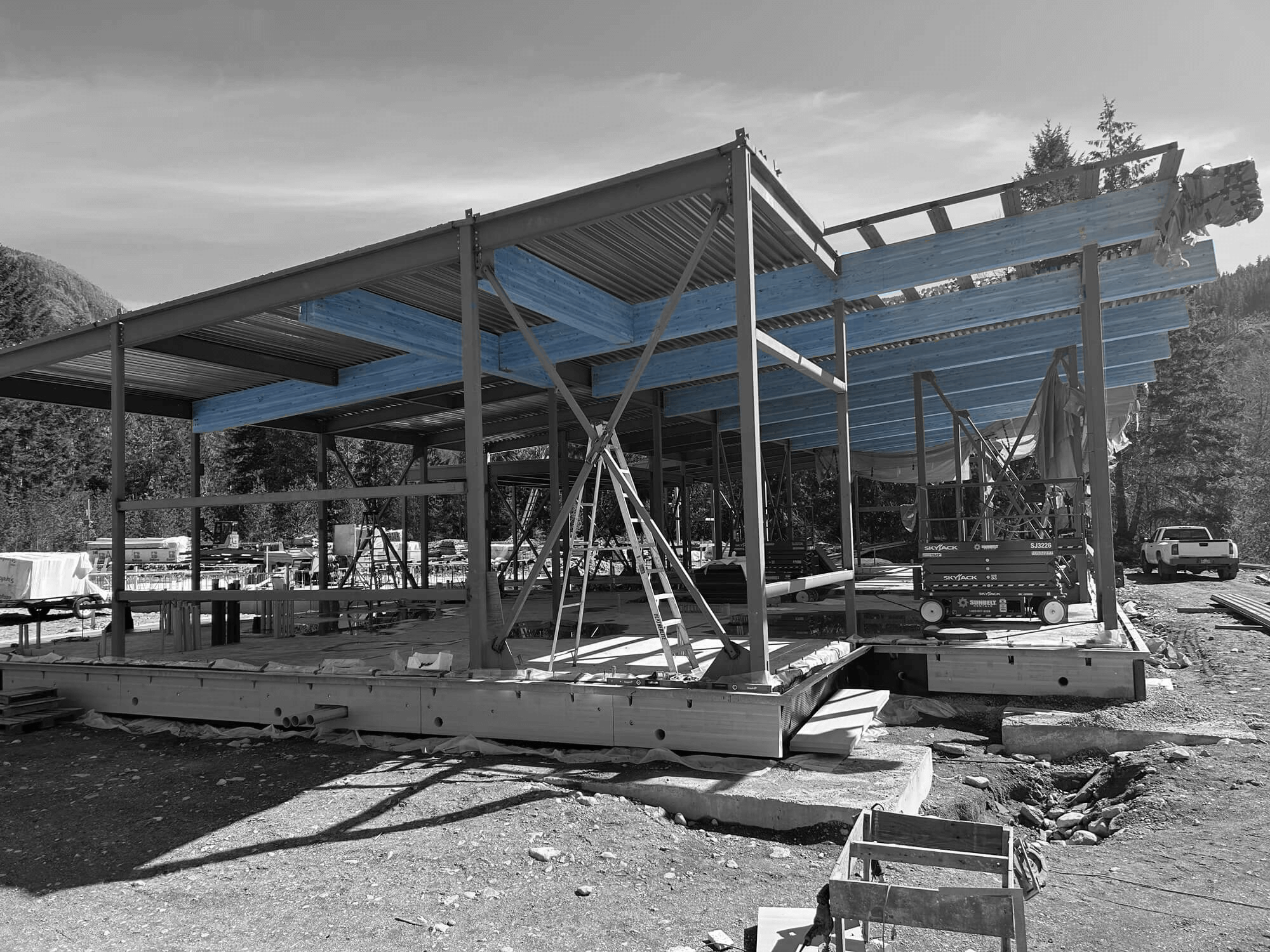Steel buildings have become a popular choice for industrial applications, and it’s easy to understand why. Industries need structures that are strong, durable, and versatile. Steel buildings deliver on all these fronts and more. They offer a range of benefits, making them ideal for warehouses, manufacturing plants, and various other industrial uses.
One of the primary reasons steel buildings are favoured in industrial settings is their ability to withstand harsh conditions. Unlike traditional building materials, steel is resistant to pests, fire, and extreme weather, ensuring long-term durability. Additionally, steel buildings are quick to construct, enabling businesses to get up and running faster.
Another significant advantage is the flexibility in design. Whether you require large, open spaces or custom configurations, steel buildings can be tailored to meet specific industrial needs. This adaptability allows for efficient use of space and resources, leading to better operational efficiency.
In this article, we will explore the many benefits of steel buildings for industrial use, key features that enhance their durability and functionality, their cost-effectiveness, and the environmental benefits they offer. Let’s dive deeper into why steel buildings stand out in the industrial sector.
Preparing the Site for Steel Building Construction
Before erecting a steel building, it’s crucial to ensure the foundation is level and stable. In some cases, concrete levelling may be necessary to create a perfectly flat surface, which is essential for the structural integrity and longevity of the building. Proper site preparation not only facilitates quicker assembly but also ensures the durability and safety of the structure, making it a critical step in the construction process.
Flexibility in Design
Flexibility in design is another key benefit. Steel buildings can be easily customized to meet specific industrial needs. Whether you need a large open space for manufacturing or a multi-level warehouse, steel structures can be adapted accordingly. This versatility allows for optimal space utilization, accommodating both current and future needs.
In addition, steel buildings require less maintenance compared to other building materials. Steel is resistant to pests, mold, and rot, reducing the need for frequent repairs and renovations. This long-term durability translates into cost savings for industrial operations, making steel buildings a wise investment.
Key Features that Enhance Durability and Functionality
Several key features enhance the durability and functionality of steel buildings, making them well-suited for industrial applications. One of the most important features is the use of high-quality, corrosion-resistant steel. This type of steel is designed to withstand exposure to moisture and chemicals, ensuring a longer lifespan for the building.
Another feature is the modular design of steel buildings. Modular construction allows for easy expansion or modification of the structure. This is especially beneficial for industries that anticipate growth or need to adapt their facilities to changing operational needs. By adding or removing modules, businesses can reconfigure their spaces without the need for extensive renovations.
The incorporation of advanced insulation and ventilation systems is also a crucial feature. Proper insulation helps maintain a consistent internal temperature, which is essential for preserving sensitive equipment and materials. Meanwhile, efficient ventilation systems ensure a safe and comfortable working environment by providing adequate airflow and reducing the risk of hazardous fumes accumulation.
Steel buildings also often feature advanced fireproofing materials and techniques. Fire-resistant coatings and materials help protect the structure from fire damage, thereby enhancing safety and reducing the risk of costly repairs. These safety measures are particularly important in industrial settings where the risk of fire can be higher due to the presence of flammable materials.
Lastly, steel buildings can be designed with energy-efficient features such as solar panels and energy-efficient lighting systems. These features not only reduce operating costs but also support sustainability initiatives, making them a smart choice for environmentally conscious industries.
Cost-Effectiveness and Efficiency in Steel Building Construction
Steel buildings offer significant cost advantages, making them a preferred choice for industrial applications. One of the main cost-saving factors is reduced material waste. Steel components are often pre-engineered and manufactured to exact specifications, minimising on-site waste and ensuring more efficient use of materials. This precision helps keep construction costs lower while maintaining high standards of quality.
The speed of steel building construction also contributes to cost-effectiveness. Because many components are pre-fabricated, the on-site assembly process is quicker compared to traditional construction methods. This rapid assembly reduces labour costs and shortens project timelines, allowing businesses to begin operations sooner. The faster completion times are a significant advantage, particularly for industries that depend on quick project turnarounds to meet market demands.
Another cost-saving feature is the low maintenance requirement of steel buildings. Since steel is resistant to common issues like pests, rot, and mildew, maintenance costs are typically lower than those of buildings made from other materials. These reduced upkeep costs over the long term make steel buildings a financially smart investment for industrial use.
Finally, steel buildings often come with fewer financing hurdles. Given their durability and low maintenance needs, lenders may view them as lower-risk investments. Lower interest rates and favourable loan terms can further reduce the overall financial burden on businesses looking to expand or establish new industrial facilities.
Sustainability and Environmental Benefits of Steel Buildings
Sustainability is an increasingly important consideration in industrial construction, and steel buildings excel in this area. Steel is one of the most recyclable materials available; nearly all steel components can be repurposed at the end of a building’s life cycle, reducing waste and conserving natural resources. This high recyclability makes steel an environmentally friendly choice for industrial construction projects.
Energy efficiency is another critical aspect of the sustainability of steel buildings. Advanced insulation techniques and energy-efficient designs can significantly reduce heating and cooling costs. Steel buildings are easily compatible with renewable energy systems like solar panels, further reducing their environmental impact. By incorporating these energy-efficient features, industries can cut operating costs while meeting sustainability goals.
Steel buildings also contribute to a reduction in carbon footprints. The production of steel has become more energy-efficient over the years, with many manufacturers adopting cleaner technologies. Additionally, the lightweight nature of steel means that transporting steel materials requires less energy compared to heavier construction materials. This efficiency helps reduce greenhouse gas emissions associated with construction.
Another noteworthy aspect is the longevity and durability of steel buildings. A longer lifespan means that fewer resources are needed over time to repair or replace the structure. By choosing materials that last, industries can contribute to a more sustainable future while benefiting from the resilience and reliability of steel buildings.
Conclusion
Steel buildings offer numerous advantages for industrial use, combining strength, durability, and cost-efficiency. Their rapid construction times and low maintenance needs make them an economically sound choice. The key features of steel buildings, such as corrosion resistance and modular design, further enhance their functionality and suitability for various industrial applications. The sustainability of steel, supported by its recyclability and energy-efficient design, adds another layer of appeal for businesses aiming to reduce their environmental footprint.
At Industra Construction Corp., we understand the needs of the industrial sector and are committed to delivering high-quality steel building construction solutions that meet these demands. Whether you’re looking to expand your facilities or build new ones, our expertise ensures that your industrial projects are both reliable and sustainable. Contact Industra Construction Corp. today to learn how we can help you achieve your construction goals with innovative and cost-effective steel building solutions.


